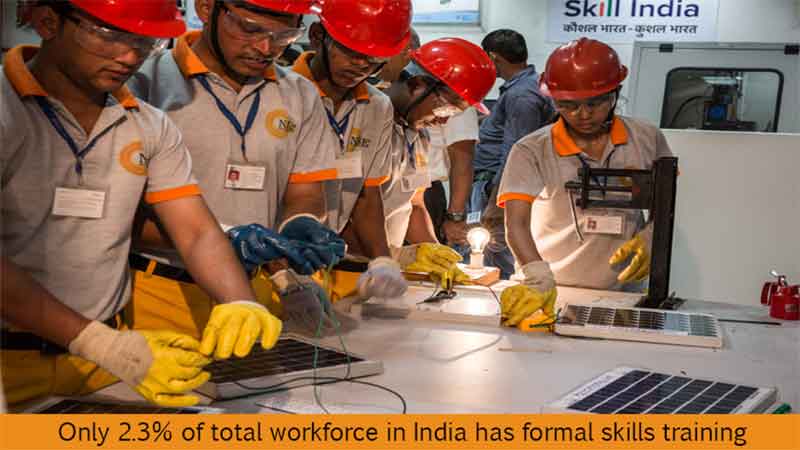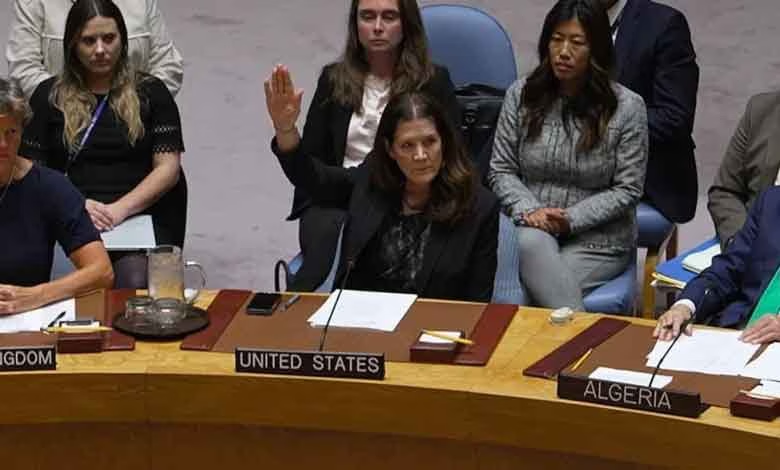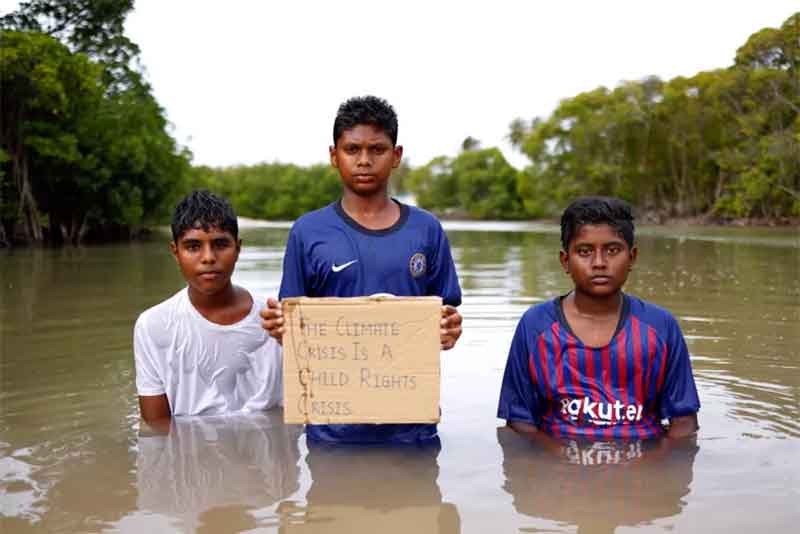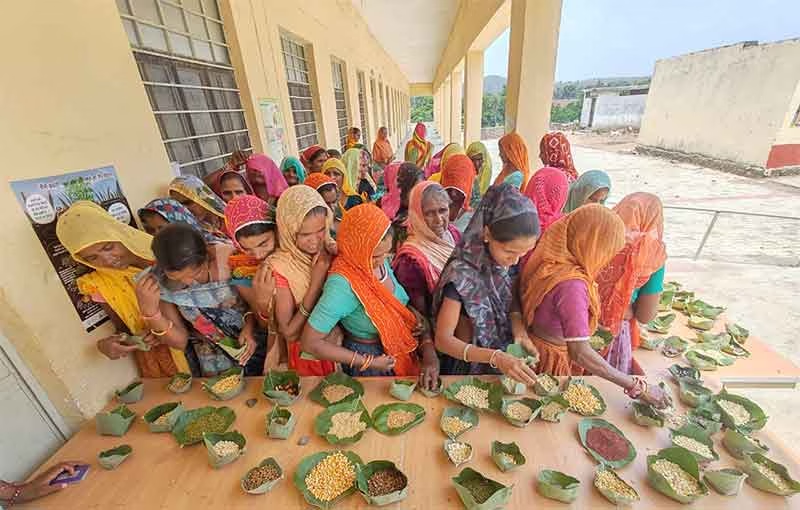
INTRODUCTION
Adam Smith, considered as the father of modern economics, postulated three indispensable criteria for the prosperity of a nation, its economic expansion, and growth and development. The fundamental pre-requisite is development of human capability through education. Skill formation is ultimately the key factor for the growth of the economy. The second is the volume and basket of trade. And thirdly, effective government administration and management. At the time of publication of his magnum opus, The Wealth of Nations in 1776, which had hitherto redefined socioeconomic thinking and practice, the difference between the wealthiest and the poorest country in the world was incidentally measured by a factor of four. But in the 21st century, this gap has widened to perhaps unbridgeable and irreconcilable proportions; the richest economy, the United States is 250 times bigger and wealthier than Malawi, the poorest. Economists and social scientists post compilation of data based on historical research have come to the empirical conclusion, that productivity-driven skilled workforce, is the singularly critical factor, that determines wealth of nations, and is the secret of economic growth. If India is to grow into an economic superpower, capitalizing on its demographic dividend of low median age – 29 years – human capital, effective development and dissemination of skills are of paramount importance. A glaring comparison would be South Korea, which had similar GDP per capita with India in the 1960’s, has currently 95% of their population being skilled and competent, as against a paltry 5% of Indian counterparts! The impact is staggering; while the nominal GDP per capita of India in 2022 is $ 2410.9, that of South Korea is $ 32,422.6, according to World Bank data.
Subscribe to Our Newsletter
Get the latest CounterCurrents updates delivered straight to your inbox.
PITFALLS IN EDUCATION AND SKILL DEVELOPMENT
Notwithstanding the lack of integrated infrastructure or active labor market legislations, the singular determinant of Indian emergence as the global manufacturing hub will be a skilled workforce. But it is also the current lacunae, which impedes this goal. In 2023, the total labor force stood at 593 million according to the World Bank collection of development indicators. Within this pool, almost half are illiterate, devoid of any basic education and 52.2% received primary or lower secondary education. A Periodic Labor Force Survey (PLFS) data for 2021-’22, indicates that, only 16% underwent some form of vocational and technical training (VTT), which stymies labor productivity. An International Labor Organization (ILO) report states, that the labor force participation of women is quite low at around 25% of the total female working population. The same report indicates the grappling problem of low technical education among youth, which, is defined as completing degree, diploma or certificate courses in agriculture, engineering, technology, medicine, crafts, and service sectors. If in 2005, 98.5% of youth were devoid of any technical education and this lacunae for progress, witnessed only a trivial improvement at 95.4% in 2022. India’s youth account for a staggering 83% of unemployed work force. Within this category, the share of unemployment among youth who hold a secondary degree or higher, disconcertingly doubled from 35.2% in 2000 to 67.5% in 2022. The “India Graduate Skill Index: 2023”, published by Mercer/Mettl – an online talent assessment company- reveal that an alarmingly high 55% graduates are unemployable owing to deficiency in technical and management skills, required to survive in 21st century, new-age industries.
India is predominantly agrarian and large swathes of its hinterland are still feudal in social organization. The Global Multidimensional Poverty Index 2023, revealed a third of the world’s poor live in South Asia, or 389 million people. India contributes 70% of this number. The informal sector or the ‘shadow economy’ employs more than 80% of the workforce – based on ILO reports– exclusively cash based and constitutes almost 50% of GDP. A 2022 World Bank data, indicates that, the contribution of manufacturing to GDP is a dismaying 13%, far less than most emerging markets of Brazil, Malaysia and China. Agriculture and allied activities, which employs more than 55% of the work force, still rely on indigenous methods of farming, is exploitative and embroiled in institutional corruption within no income guarantee for impoverished farmers. Induction of modern technology, pivoting on Artificial Intelligence and Machine Learning to enhance performance and productivity in irrigation, sowing and harvesting is a far cry, impeded by poverty of the farmers and subsequent lack of education and skill sets. Getting connected to the network of know-how of advanced machines and techniques, differentiates an Indian and American farmer.
The miracle of the East Asian Model eluded India, since the Nehruvian socialistic model of ‘Five Year Plans’ laid emphasis on proliferation of centers of higher learning in the tertiary education sector as engines of productivity and growth. The criticality of establishing free, high quality public schools in the primary and secondary education sector in general economic development and enhancing elementary social opportunities were largely ignored in post-independence India. The Indian experiment in public policy, failed comprehensively in building the integral social capital of a healthy, educated and skilled workforce, in a ground-up approach. The explosion of human resource development post Meiji Restoration in Japan and Industrial Revolutions in the UK and Europe were made possible by visionary lawmakers reconstructing societies through universal education and healthcare.
Education in India has a long legacy of being anachronistic and archaic and follows the inept learning-memorizing-forgetting pattern, invariably from primary to tertiary education courses. Post-independence India established, across the country, polytechnics, industrial training institutes (ITI), government engineering colleges and institutes of higher learning to redirect the nation to a path of industrialization and modernization. But these centers of learning have not adapted to the needs of 21st century learning and applications and still adhere to the outdated legacy of the British Raj. Their curriculum is predominantly input focused and there is little or no emphasis on experiential learning except for a few institutes like Indian Institutes of Technology (IIT’s), Indian Institute of Management (IIM’s), Tata Institute of Social Sciences (TISS) and Institute of Chemical Technology (ICT).
The Annual Employability Survey 2019, done by an employability assessment company Aspiring Minds – now SHL– revealed that, 80% of engineers are unfit for any jobs, stirring a controversy. These findings were corroborated by a veteran industry leader, CP Gurnani, the erstwhile CEO of Tech Mahindra, an Indian IT major that 94% of all IT graduates are unemployable. A decade old McKinsey report, had tabled similar findings that only a quarter of the graduating Indian technocrats have employability quotient, an indication of the retrogression in Indian technical education not commensurate with rapid technological advances. This crisis in quality is exacerbated by All India Council of Technical Education (AICTE), closing about 800 engineering colleges in the country, that had reneged on the benchmark standards and protocols and consequently suffered massive drop in student enrolments.
PRODUCTIVITY BASED SKILL DEVELOPMENT
Any sustainable educational goals should inevitably involve industry experts with sector specific knowledge, from formulating curriculum to providing roadmap for mandatory skills and capabilities warranted in creating a knowledge society and an innovation economy. The German dual skilling model for developing sustainable and state-of-the-art Vocational Education Training (VET) is worthy of emulation in India. Under this hugely successful program, students receive theory and conceptual lessons in classroom for a week, followed by apprentice in manufacturing facilities of companies, the week after and alternating until successful completion of the courses.
In the German context, vocational programs are created and funded by the government and the industry provides experiential learning through apprenticeship. This symbiotic arrangement is both beneficial for students and industry as relevant domain skills could be nurtured progressively and efficiently integrated into the organization when the student is finally employed in any industry. Skilled youth unemployment could be largely reversed through this model. The signing of two Joint Declaration of Intent (JDoI) in 2019, between the Indian Ministry of Skill Development and Entrepreneurship (MSDE) and the German Federal Ministry of Education and Research (BMBF) is a step in the right direction for skill development by integrating scholarship and practice. Similar, nation-wide collaborative initiatives between the government and Indian industries should be rolled out for upgrading and redeployment of existing skills, enabling closure of skill gaps. Such large to medium and small industries participation in this synergetic program should be incentivized by corporate tax rebates, access to low cost capital, re-classification of loans as subordinated debt etc.
The public-private participation between government and industry will mitigate budget, resource and time constraints, often a deterrent to social programs in emerging economies. An entry level accountant could acquire basic conceptual and functional skills within a year, doing an accounting software course like Tally rather than enrolling in a three-year undergraduate commerce course. Similarly, a welder who had completed a two-year ITI course exposed to theories on different types of welding techniques might be grossly unemployable in an automobile production line welding job, that requires to perform 9 precision welds in an hour. If the German model is applied here, a student receives on-the-job training with an automobile manufacturer, as apprentice for 45 days and become readily fit for employment.
The data published by the Periodic Labor Force Survey (PLFS) in 2022-’23, indicates an abysmally low, around 3.7% of the Indian labor force has undergone formal skill training. The comparative values are 68% for UK, 75% in Germany, 52% in USA, 80% in Japan and 96% for South Korea. In the 1960’s, the nominal GDP per capita of India and South Korea were identical, but in 2018, the difference is staggering. South Korea has catapulted to $32,422.6, compared to $2410 for India, and this stupendous wealth creation, resource allocation and social advancement were made possible by cumulative investments in human capital, aided by state directed industrial policies. The Indian National Skills Development Corporation (NSDC), constituted in 2008 as a Public Private Partnership (PPP) for sectoral skill development is marred by inefficiencies, bureaucratic red-tape and deficit funding. The Skill India Mission launched in 2015, with much fanfare and an ambitious target of skilling 400 million youth by 2022, is far from accomplishment, due to inherent inefficiencies and dearth of quality trainers; only 14 million have received skilled training under various sectoral programs till date.
SKILLED WORKFORCE ATTRACTS FOREIGN DIRECT INVESTMENTS
Internationalization of production has expanded opportunities for knowledge spillovers from industrial world to developing markets. Unique, cutting edge skill sets are inevitable to compete and emerge as winners in New-Age economies dominated by semiconductors, fintech, artificial intelligence, robotics and machine learning. Flow of technology and capital from the developed world to the developing world will rise exponentially, if emerging market of India can offer highly skilled labor force, reciprocally, for setting up Greenfield investments or Brownfield acquisitions by MNC’s.
In India, creating a highly differentiated ecosystem, skilled in producing a wide basket of goods that is technology-intensive, requiring superior learning and therefore not easily replicated, is critical to income leveling, wealth creation and economic growth in the future. When MNC’s strategically unbundle non-core functions in service sector in developed markets and decide on outsourcing to competitive third world destinations, tapping into availability of cost-effective, top quality talent pool is always the primary criteria. Service sector contribution as a percentage of GDP is steadily increasing in almost all emerging markets, emulating the pattern in developed, free markets of the West. Complexity and income have positive correlations.
RE-IMAGINING INDIAN EDUCATION AND THE ROLE OF R&D
India spends around 2.9% of its GDP on education, falling significantly lower than 6% of GDP allocation, proposed by the National Education Policy (NEP) document. China allocates 3.3% and the most diversified skilled nation in the world, Germany invests in excess of 4.5% of its GDP for primary to tertiary education and vocational skill training. Annually, more than 13 million new job seekers enter the Indian labor market, but creates employment for only 5 million odd jobs, and the major lacunae is unemployability due to skill gaps. Structural and institutional reforms are long overdue in the Indian educational sector. India is still home to over 600,000 villages and providing free access to qualitative primary and secondary education in rural heartlands are critical in empowering rural population (especially women folk), generating capacity employment, resuscitating rural demand, poverty alleviation and edifying rural infrastructure in MSME sectors.
Ever since the First Industrialization Revolution, if there is one input that is fundamental to improving the quality and longevity of human life on earth, indubitably, it is ‘Research’. Innovations and discoveries which, engendered quantum advancements in transport, telecommunications, medicine and technology, that had transformed the world into a ‘Global Village’ and ‘Global Audience’ were consummated on establishing sophisticated R&D facilities in developed economies. It has created a stellar global fraternity of scientists. India’s Gross Expenditure on Research and Development in Science and Technology sector (GERD) is only 0.8% of its GDP, which is abysmally low when compared to G8 and other BRIC economies. Israel earmarks 5.56% of its GDP for R&D, and South Korea at 4.93%, Japan (3.65%), Germany (3.13%), US (3.4%), China (2.56%), Brazil (1.3%) are all leagues ahead in allocation.
A far-sighted and symbiotic public-private participation in R&D sector, harnessing the powers of Artificial Intelligence, Machine Learning, Robotics and Deep Learning should receive legislative support as part of the Skilling India initiative. Such synergetic partnerships have the potential to catapult India into a global leader in genome engineering, pharmaceuticals, connected devices in pro-active healthcare management, low-cost online education, and integration of virtual universities, fintech, clean renewable energy solutions, manufacturing, and agriculture.
NEW EDUCATION POLICY (NEP) TO REFORM EDUCATION IN INDIA
The NEP aims to revamp and overhaul education in India, by jettisoning the archaic and outdated structure and pedagogical methods, that had failed to accomplish the desired objectives. The NEP lays emphasis on holistic development of the individual and seeks to hone leading-edge skills of critical thinking, analytical approach and creative problem solving through an experiential learning curriculum, introduced from a young, impressionable age. This strategic intent should create 21st century skill sets – soft skills, domain, and technical proficiency- as the bedrock on which students build their lives and career. One of the proposals of the progressive policy document is to implement mandatory vocational training and skill development from class 9 onwards. This is a transformative step, conceived to bridge the gnawing gaps existing between education and employment. By incorporating, hands-on, practical skills commensurate with industry-specific requirements for employability, students can orient themselves to attaining professional expertise, long before commencing their employment journey.
The NEP offers flexibility in choosing subjects, catering to the interests and passion of the learner. The student can mix and match arts, humanities, science, and technology subjects, relinquishing the staid and narrow insularity ingrained in the old system. Coding, which is touted as the new language assumes priority from preparatory stage of the new structure, as mandatory inclusion from age six that will aid the kids’ cognitive development and love for learning. The policy transition from strictly regimented pedagogy to andragogy, placing the student at the center of learning wheel. In lieu of rapid advances in technology, NEP mandates upgradation of technology infrastructure and integration of technology tools like educational software – that runs on Artificial Intelligence, providing gamified content and assessment dashboards – facilitating adaptive and remedial learning of students.
Use of technology in classroom content delivery will greatly facilitate a multidimensional learning path, which is simultaneously fun and enlightening, both for teachers and students. Digital Equity will be a core competency and the key differentiator of knowledge societies of the future. NEP is lauded by experts, intelligentsia, and educationists alike for drafting a visionary blueprint to revolutionize education in India. The real challenges lie in earmarking financial capital and seamless implementation, for India is known for its good corpus of laws but has a poor track record of implementation.
CONCLUSION
The ambitious plans of the incumbent government, that has found expression in campaign initiatives like ‘Make in India’, ‘Skill India’, ‘Start Up India’, ‘Digital India’ to transform its socio-economic landscape, by capitalizing on its demographic dividend, and assume global leadership in the 21st century, is contingent on a highly skilled and competent workforce. If this historic opportunity is forfeited, the demographic dividend will regress into a demographic disaster. Creating that leadership capital is the order of the present that defines the future of India.
Jayakhosh Chidambaran is a management consultant and researcher.








































